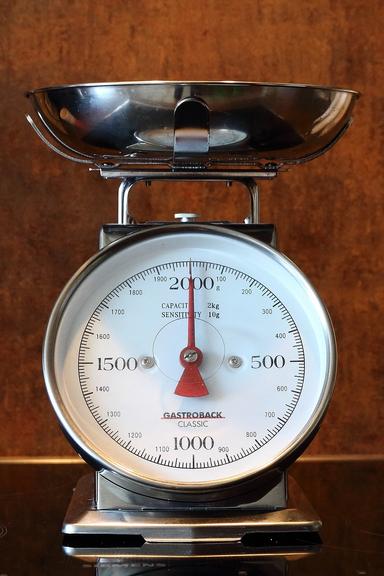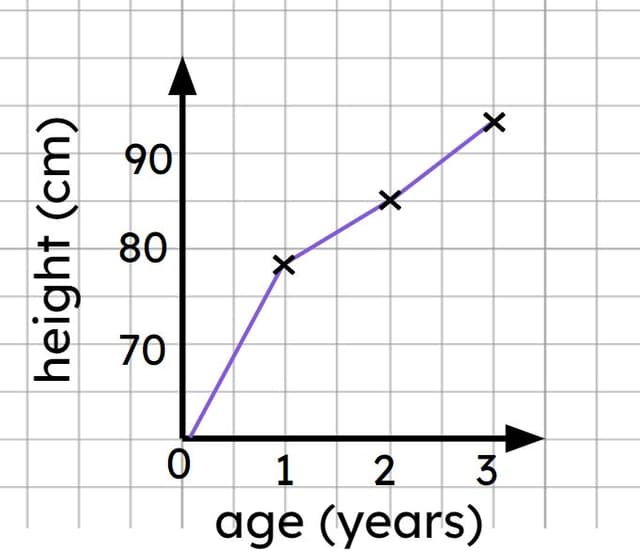Shadow size: review
I can explain results about shadow size.
Shadow size: review
I can explain results about shadow size.
These resources will be removed by end of Summer Term 2025.
Lesson details
Key learning points
- Scientists make observations and measurements to help them to learn more about the world and how things work.
- Scientists review the results they have collected to decide what happened and explain what they have found out.
- We can use words ending in -er to explain how one thing affects another thing.
- When the object is closer to the light source, it blocks more light and this makes the shadow appear bigger.
Keywords
Object - An object is something you can touch but something that is not usually a living thing.
Shadow - A shadow is a dark shape that is formed when an object blocks a source of light.
Distance - Distance is how far away something is or how far an object has travelled.
Light source - Something that is a light source produces its own light.
Results - The results of a test or enquiry is what happened and what was found out.
Common misconception
The size of a shadow does not change.
Explanation of how the size of shadows change depending on the distance of the object from the light source.
To help you plan your year 3 science lesson on: Shadow size: review, download all teaching resources for free and adapt to suit your pupils' needs...
To help you plan your year 3 science lesson on: Shadow size: review, download all teaching resources for free and adapt to suit your pupils' needs.
The starter quiz will activate and check your pupils' prior knowledge, with versions available both with and without answers in PDF format.
We use learning cycles to break down learning into key concepts or ideas linked to the learning outcome. Each learning cycle features explanations with checks for understanding and practice tasks with feedback. All of this is found in our slide decks, ready for you to download and edit. The practice tasks are also available as printable worksheets and some lessons have additional materials with extra material you might need for teaching the lesson.
The assessment exit quiz will test your pupils' understanding of the key learning points.
Our video is a tool for planning, showing how other teachers might teach the lesson, offering helpful tips, modelled explanations and inspiration for your own delivery in the classroom. Plus, you can set it as homework or revision for pupils and keep their learning on track by sharing an online pupil version of this lesson.
Explore more key stage 2 science lessons from the Introduction to light and shadows unit, dive into the full secondary science curriculum, or learn more about lesson planning.

Equipment
Pupils' results from lesson 8 of this unit.
Licence
Starter quiz
6 Questions










Exit quiz
6 Questions








